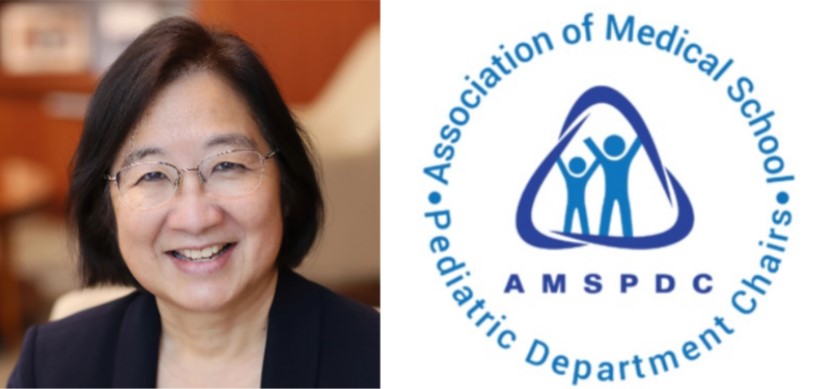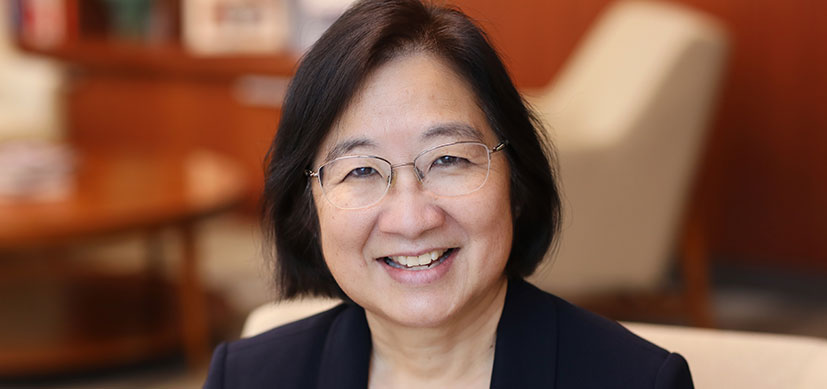One-in-a-Million Happens Every Day at Cincinnati Children’s
Post Date: February 28, 2025 | Publish Date:

Advanced research, clinical expertise, and compassionate care result in uncommon leadership in rare disease discovery and treatment
Families traveling from around the world and across the country know that “zebras” of all stripes are welcome here. Cincinnati Children’s often serves as the ultimate destination for those who have journeyed far and wide to find answers for their children with rare diseases and disorders.
While any given rare disease may affect as few as 1 in 1 million people, there are more than 7,000 rare diseases. More than 34 million Americans (10% of the population) are living with a rare disease. Worldwide, more than 300 million people with rare diseases seek better diagnoses and better care.
The quest for cures does not stop.
In recognition of Rare Disease Day 2025, we pause to celebrate several inspiring successes from the past year and recognize the many, many ways that scientists, clinicians, support staff, donors and others at Cincinnati Children’s help carry out our mission to improve outcomes for all children, together.
HELPING CHILDREN RIGHT NOW
The Joy of Witnessing Science Transform a Life A gene therapy for AADC deficiency has transformed the life of Sriansh Ojha, the youngest boy in the world to receive a novel treatment developed by PTC Therapeutics Inc. Donald Gilbert, MD, from Cincinnati Children’s played a key role in the clinical trial. Neurosurgeon Sudhakar Vadivelu, DO, performed the advanced stereotactic brain surgery, including revising the study protocol to make the procedure possible.
First Gene Therapy Trial for Telomere Biology Disorders Shows Promising Results Elixirgen Therapeutics, Inc. reported positive results from the first gene therapy trial for telomere biology disorders. The treatment, EXG-34217, successfully elongated telomeres in two patients without safety concerns. Kasiani Myers, MD, from Cincinnati Children’s led the clinical trial, which showed sustained telomere elongation in blood cells.
Positive Clinical Trial Results for a New Fragile X Treatment A new therapy, SPG601, demonstrated positive results in a clinical trial for Fragile X syndrome, a leading cause of intellectual disability. The treatment targets BK channels to correct synaptic dysfunctions. Craig Erickson, MD, from Cincinnati Children’s served as the principal investigator for the trial.
Emapalumab Extends Intervention-Free Survival for Children with HLH The antibody treatment emapalumab improves outcomes for children with hemophagocytic lymphohistiocytosis (HLH) during stem cell transplants. The study, led by Bethany Verkamp, MD, and Michael B. Jordan, MD, from Cincinnati Children’s, was published in the journal Blood.
HELPING GENERATIONS TO COME
$60M Applied Gene and Cell Therapy Center to Focus on Expanded Clinical Trials Cincinnati Children’s is establishing an Applied Gene and Cell Therapy Center to increase clinical trials for innovative treatments. The $60 million project will renovate a facility in Sharonville, OH, to produce gene and cell therapy products meeting cGMP standards.
Cincinnati Children’s Joins Bronchopulmonary Dysplasia Collaborative Cincinnati Children’s BPD Center has joined the Bronchopulmonary Dysplasia Collaborative, which optimizes outcomes for affected infants and children through shared knowledge, research, and quality improvement initiatives.
We’re a NORD Rare Disease Center of Excellence We collaborate with more than 30 medical centers nationwide as part of an innovative network, led by the National Organization for Rare Disorders (NORD), that seeks expand access to advanced care and research for people with rare diseases.
LEARN MORE ABOUT OUR RARE DISEASE CARE
We offer comprehensive care through our Rare Genetic Disease Program. We serve as the data coordinating center for the Rare Diseases Clinical Research Network, and experts here lead Consortium of Eosinophilic Gastrointestinal Disease Researchers (CEGIR).
Our Diagnostic Center for Heritable Immunodeficiencies, Rasopathy Clinic, Rare Lung Disease program, complex cancer treatment programs, and more make Cincinnati Children’s a destination of hope.
Learn about 30 more speciality services at Cincinnati Children’s that help children with rare diseases.
Don’t Miss a Post:
- Subscribe to the Research Horizons Newsletter
- Follow Cincinnati Children’s Research Foundation on Bluesky: @cincyresearch







